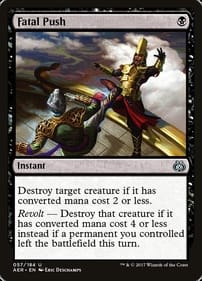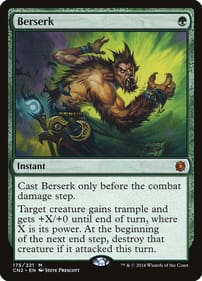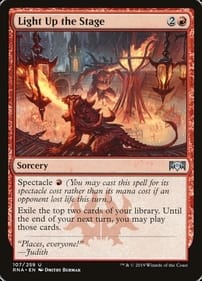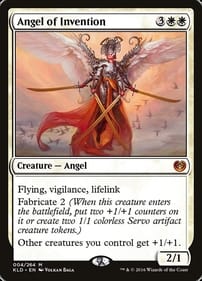What’s with All the Facsimile Editions?
By Dan Brown
Comic reprints have been around a long time – in fact, if I recall my industry history correctly, the first comic books were stapled editions of reprinted newspaper funnies.
What’s relatively new are facsimile comic editions.
They’ve been around a few years and in their current form they reproduce historically significant issues – like, say, the first appearance of the Punisher in Marvel’s Amazing Spider-Man No. 129 – on glossy paper.
The other difference is the context.
Unlike anthologies of collected issues, facsimiles editions also reproduce the front and back covers, ads, letter columns, and other bumpf that accompanied the original story.
I guess the selling point would be, if you want to experience a particular comic as it appeared in, for example, 1974, then this is the closest you’re going to get to it.
I'm all for them, just so long as they don’t alter or “correct” any of the content as it appeared originally.
I was heartened to see, for instance, that a facsimile of Marvel’s Star Wars No. 1, which came out ahead of the movie’s release in 1977, faithfully reproduces the odd colour scheme of the comic as it was.
So the front depicts Princess Leia as a redhead and Darth Vader’s armour as green. Just like the original weird cover.
There would have been no outcry at the time because moviegoers didn’t know any better, with the film’s theatrical debut months off. The adaptation, like the unseen motion picture, was called simply Star Wars, not Episode IV or A New Hope or anything else George Lucas dreamed up after the saga took off.
I’m sure the collector market has a lot to do with the proliferation of facsimiles. It’s impossible for most comic fans to buy a copy of Fantastic Four No. 1, for instance, so this is a cheap way to see what the fuss was all about.
I own many anthologies and collections, and I will concede they lack something – the ads in comics, especially, were a big part of the reading experience when I first became a fan in the 1970s.
Where else can you see ads for weight-GAIN formulas? “Too skinny?” one spot blares in AMS No. 129.
In another notice. Charles Atlas promises to make any weakling into a man, and such novelties as X-ray glasses, joy buzzers and stink loads for smokes (“guaranteed to stop cigarette moochers”) were on offer.
The colourful adverts of that era also urged readers to take up fishing, eat Slim Jims and snack on Hostess Twinkies.
The 1970s being an age of self-improvement when everyone was scrounging for a buck, you could train by mail to be a cartoonist, veterinary assistant, hypnotist or karate master. And if you did respond to any of the offers, “No salesman will call.” Naturally.
Likewise, the letters page was a big part of what made comics special.
At a time when there was no global instant-communications device, seeing what other fans had to say gave me new ways of thinking about my favourite heroes. Back then, the letters column was the hub that joined individual readers to the larger Marvel or DC fan community, confirming for me that other kids were moved by the same characters and plots.
Perhaps the appropriate way to describe facsimile issues is that they are the equivalent of watching YouTube videos of old TV shows with the commercials included.
The only misleading bit is the paper itself.
Facsimile editions are printed on glossy stock and the borders surrounding the panels on each page are a blinding white. Even with freshly printed comics back in the day, the newsprint was one splotchy shade of brown or another, and aged rapidly.
These things were not built to last.
So enthusiasts in 2025 will miss one out on one very important comic experience from the past: Inhaling the sweet, musty scent that comics made with cheap paper give off as they decay over the years.
It may be my favourite smell.
If I could bottle it, I would.
Dan Brown has covered pop culture for more than 32 years as a journalist and also moderates L.A. Mood’s monthly graphic-novel group.








Leave a comment